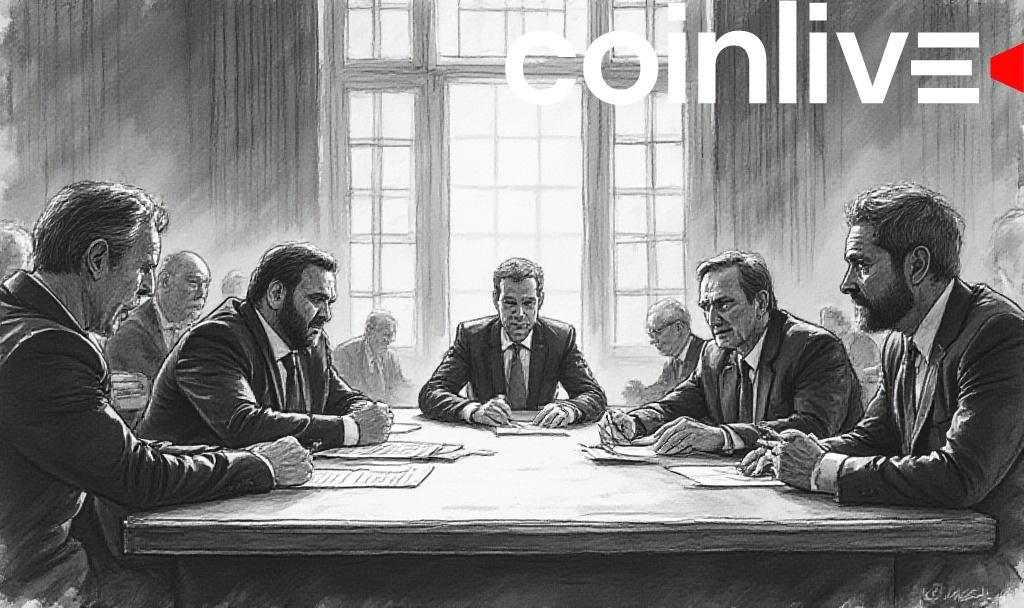- XRP faces a critical litigation milestone impacting market sentiment.
- The SEC and Ripple must report settlement status.
- XRP sales could resume under regulatory guidance.

The settlement could alter regulatory outcomes and XRP’s market dynamics, with ripple effects on similar assets.
Current Situation
The current pause in litigation was agreed upon for potential settlement terms, ending June 16. Both Ripple and the SEC have filed for this delay to negotiate. Ripple’s CEO Brad Garlinghouse and CTO David Schwartz are key figures, publicly representing their stance on XRP’s status. The SEC, chaired by Gary Gensler, maintains its regulatory posture, challenging Ripple’s practices.
“As we navigate this pivotal moment, our focus remains on ensuring that XRP is recognized for what it truly is—not a security.” — Brad Garlinghouse, CEO of Ripple
Market repercussions are already evident, with increased speculative trading and liquidity changes. This pause permits Ripple to negotiate potential reduced penalties.
Concerns exist about prolonged market volatility if no resolution is reached by June 16.
Market Implications
Historical precedents suggest that resolution in such cases can cause immediate market impacts. XRP could see temporary price fluctuations, similar to past SEC settlements with other projects. These events typically influence market directives and compliance strategies.
A settlement by June 16 affects Ripple’s treasury, potentially allowing resumed institutional XRP sales. Broader regulatory implications are under consideration, reflecting on compliance for digital assets. Historical data supports the premise of market volatility leading up to such pivotal events. Similar cases have shown increased trading volumes and short-term price movements driven by fear and anticipation.
Ripple is central to market and regulatory developments, with the potential for broader impact on related cryptocurrencies.








